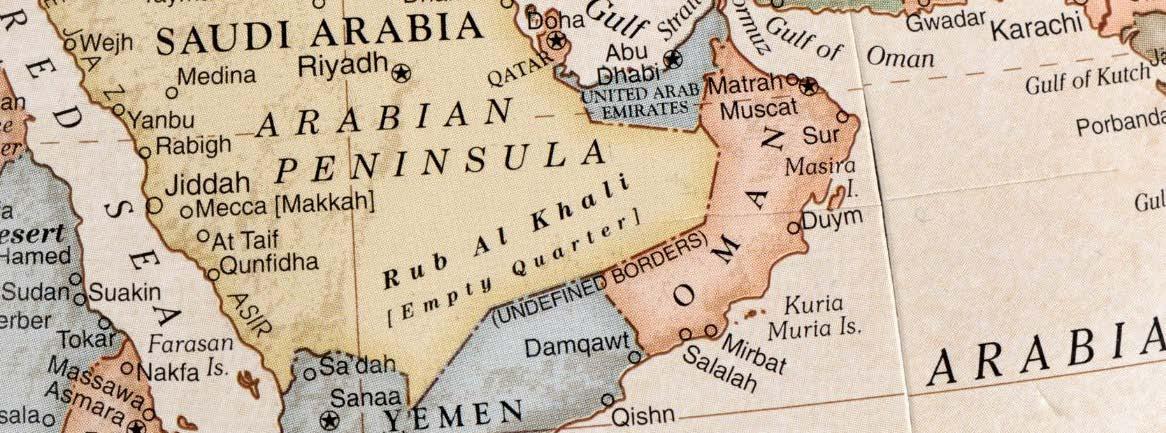
1 minute read
OMAN
RB: Oman is set to witness higher economic growth into 2023 in the light of a better and stronger performance of its hydrocarbon sector with improved natural gas production and higher crude oil output. Stronger-than-expected energy prices will likely boost fiscal revenues, while spending remains muted as the government continues efforts to shrink its large debt burden. Unlike most other Gulf states, Oman’s key challenge is balancing its relationship with its Western allies, Iran, and other GCC member states. To this end, Oman will continue to pursue dialogue and diplomacy as the means of ending the war in neighbouring Yemen, rather than involve itself militarily.
However, this approach has complicated Oman’s relations with its GCC colleagues, who see the Houthi movement in Yemen as a part of Iran’s wider strategic plan of dominance. Domestically, strikes and collective bargaining are more common in companies that employ a large proportion of Omanis. Sustained policies to reduce state utility subsidies from 2021 are likely to increase the risk of worker protests. The government plans to introduce a personal income tax for high earners with proceeds going to social programmes, which will likely counteract unrest.
JM: In 2022, Oman’s economy heavily relied on oil and gas exports, which accounted for 72% of its total exports. However, Oman also exported other products such as fertilisers at $5.3 billion, iron and steel at $4.9 billion, and plastics at $3 billion, showing that it has the potential to diversify its economy.
Oman’s trade surplus was significant in 2022, as it imported less than one-third of what it exported. Besides mineral fuels, the country’s top import was vehicles, with Japan and the US being the leading car importers. Oman also imported substantial amounts of machinery at $2.4 billion, electronics at $1.4 billion, and iron ore at $1.3 billion.
Overall, Oman’s exports rose to $85.1 billion from $57.5 billion, with most of its products going to Asian countries such as China, India, South Korea, Saudi Arabia, and Japan. Meanwhile, its imports increased to $25.4 billion from $21.3 billion, with the primary sources being India, China, the US, Japan, and Saudi Arabia.










